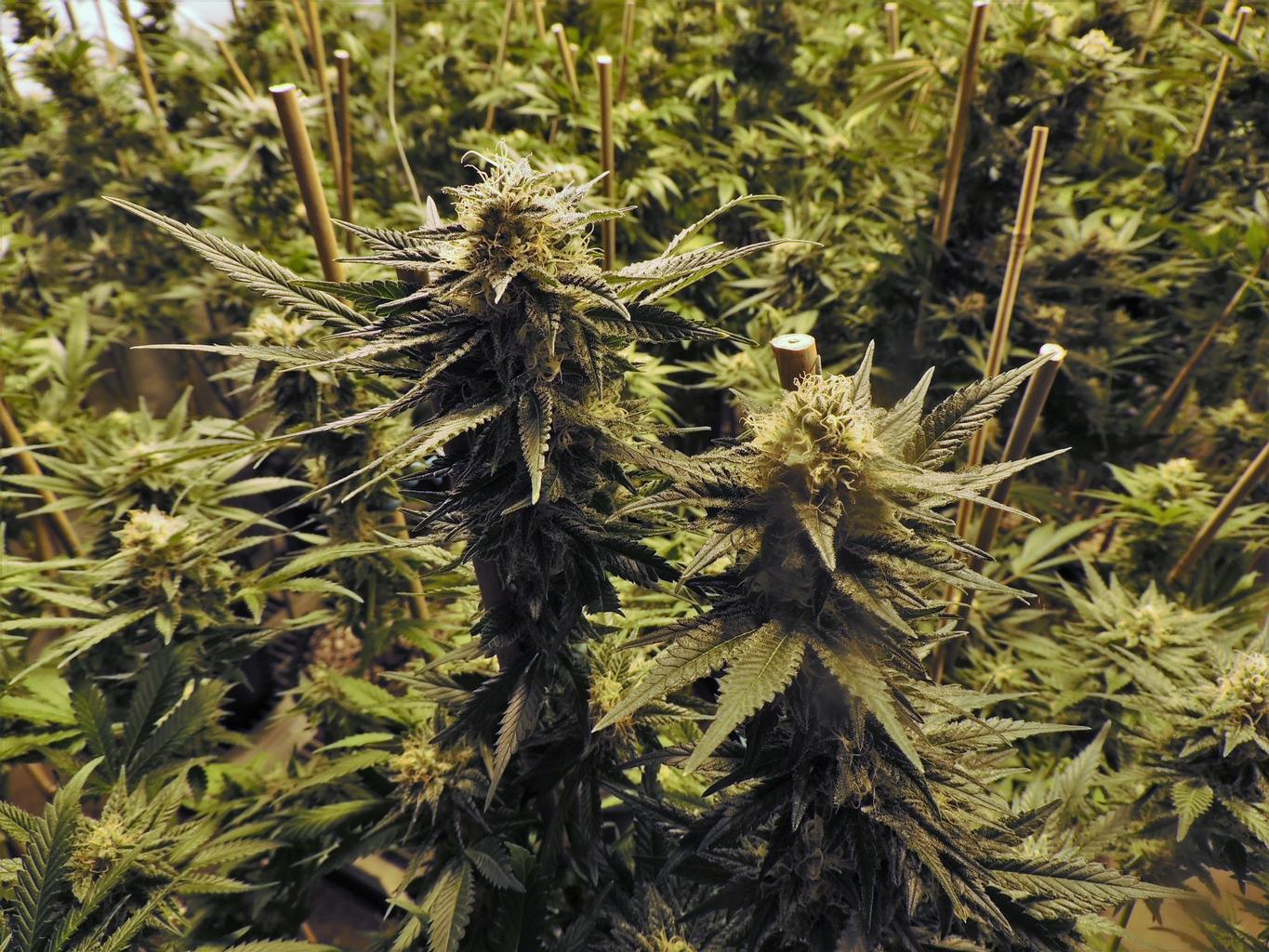Last Updated on
Industrial hemp was legalized at the federal level via the 2018 Farm Bill. Since then, consumer demand for hemp-derived products has soared. The vast majority of CBD products on the market—like those from Crescent Canna—are made from hemp. That means farmers are growing a lot of it. After all, few supplements are bigger than CBD right now.
Unsurprisingly, this has led to a surge in DYI enthusiasm. A lot of individuals are looking into growing their own hemp flower. The good news for them is that hemp isn’t the hardest of crops to grow; but that doesn’t make it easy. Like anything else, it requires know-how, vigilance and careful nurturing. To grow hemp successfully, you have to understand the conditions that enable it to thrive.
Hemp production
Industrial hemp is is a variety of the Cannabis sativa plant. It’s generally tall and slender, consisting of a thin stalk and a lot of lance-shaped leaves. The growing period takes anywhere from 10 to 20 weeks. Depending on how the seeds are planted, hemp tends to be between 4 and 14 feet tall at the time of harvest.
Below are some keys to successfully growing hemp.
Soil
You’ll want to plant your hemp in friable, loamy soil that retains a lot of water but is easily drained. A neutral pH value (6-7.5) will work best. Clay soil can work too, so long as it is well-aerated and rich in organic matter. Sandy soil is generally going to be tougher to work with.
As for temperature, the optimal range is 60-80°F. Don’t plant your hemp seeds in soil that is less than 42°F. It’s advisable to wait several weeks after the final frost of the season before planting.
You should also test your soil’s pH value and nutrient contents before planting; that way you can be sure you have the right balance of elements. To grow properly, hemp needs a heavy dose of nitrogen. Do not expect a good harvest if your soil is deficient in this element.
When your hemp reaches the flowering stage, phosphorus and potassium become more important. Adjust your fertilizer accordingly.
Planting
Once you’ve prepared your soil, it’s time to plant your hemp seeds. (Be sure to get good, reliable seeds.) The seeds should be planted about 1 inch deep, and certainly no deeper than 2 inches. As for spacing, that is something you can experiment with. Planting them closer together will yield taller crops with more fiber. If you space them farther apart, expect shorter plants with more buds—and more CBD.
Note that planting the seeds too close together will cause the plants to grow on top of each other. This inhibits air flow, which may result in the appearance of mold.
Light, temperature and water
Hemp needs a lot of sunlight (if you’re growing inside, invest in a high quality LED light). Again, you want the temperature to be in the range of 60-80°F.
Ensure you’re giving your plants enough water, particularly during the first 4-6 weeks. When in doubt, test the moisture level by pushing your fingers into the soil. If it feels dry, add water.
This should be done at least once a day during the first few weeks, or until the plants reach a height of 2-3 feet. At that point watering can be gradually reduced. Feel free to add fertilizer around your hemp plants (not on them) just before watering.
The bottom line
By following these guidelines, you’ll create an environment conducive to a rich and productive hemp harvest. Bear in mind, however, that farming is hard work—you have to be diligent, careful and, above all, patient. It could be a few seasons before you really see the fruits of your labor. But the wait will be worth it. If all else fails, you can buy hemp flowers as an alternative.


Reply